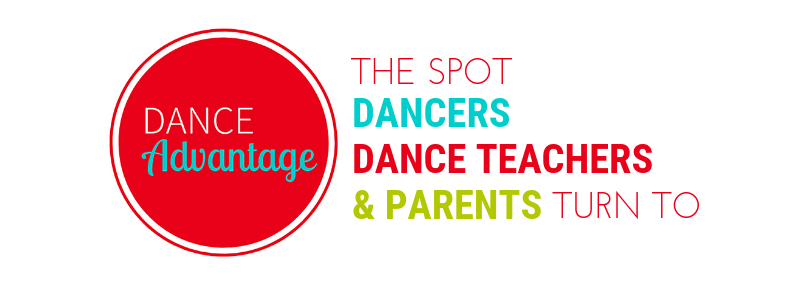I once had a dancer lose her balance on stage at a competition, and later tell me that she was startled by her own shadow. We laughed it off, but this experience highlighted why it is important for dancers to take inventory of their surroundings before taking the stage at competition.
Very few dance competitions (such as Youth America Grand Prix) allow dancers a chance to “tech” their piece on the stage prior to performance. For the vast majority of competitions, the first time a dancer touches the stage is go-time. To achieve maximum comfort at your next competition, take the following steps before taking the stage.
1. Find Your Spot

Spotting is easy in the studio. I often tell my dancers to use the mirror to look themselves in the eyes. However, when there is no mirror, we must adjust. The most common item in convention center ballrooms and theaters are “exit” signs. If there are none, look for non-moving lights or visible signs. Think through your choreography and decide where you will spot for each turning sequence.
Bonus Tip: It is common to fall backwards out of a turn on stage. This occurs because the dancer’s spot is much further away than in the dance studio. If you feel yourself falling backwards during a turn, pull your sternum towards your spot in order bring your center back over your leg.
2. Survey the Floor
Surveying the floor on which you will be dancing is important so that you can “space” your piece in your head. If you are able to look at the stage before you perform, consider the following to visualize the spacing of your choreography:
- Are there wings (and if so, how many)?
- How many strips of flooring (or tape lines) are there?
- Are there markings for center or quarter?
If you will be wearing pointe shoes, always have rosin with you in case the stage appears slippery. Water will do in a pinch, but use sparingly so you don’t ruin your pointe shoes. I recommend wetting a paper towel and stepping on that.

3. Check for Distractions
There are many distractions at dance competitions – flashy lighting techniques such as colored gobos (projected lighting patterns) or spotlights and large, loud audiences that may make it difficult to hear the music, for example. Being aware of these distractions before you dance makes it less likely that they will disrupt your performance.
4. Visualize
Once you have surveyed your external surroundings, it is important to make sure that you are mentally prepared to perform. After you have warmed up, use an mp3 player to listen to your music. Mark through your piece from the waist down, and perform full out from the waist up. As you are going through your piece, visualize yourself executing every step perfectly. This will prepare your body and mind to step on the stage and perform your best.
Chelsey Bradley is a choreographer, professor, and author. She completed her Master’s Degree in Dance and Choreography in 2017 from the Peck School of the Arts, and then served as a lecturer of dance for the University of Wisconsin, Eau Claire. She currently serves as resident choreographer for Dance Wisconsin, and teaches modern dance for Monona Academy of Dance. Her work for these companies has earned her Regional Dance America’s National Choreographic Commissioning award four times, Regional Dance America’s Choreography Connection Grant in 2014, and a Choreographic Honors Award from the University of Wisconsin, Madison, in 2015. Read Chelsey’s posts.

